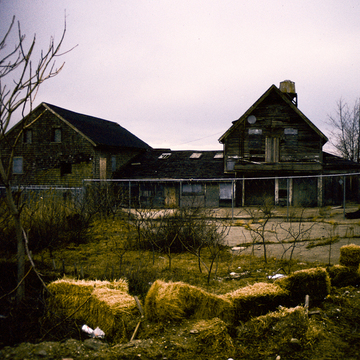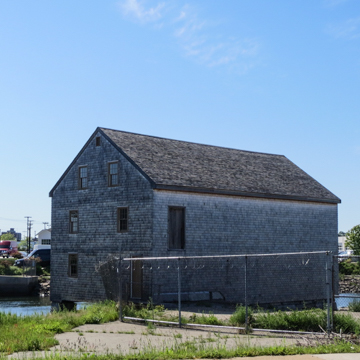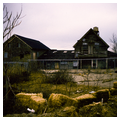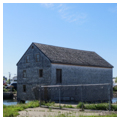The Souther family began milling and shipbuilding at this site in 1815. The older of two tidal mills surviving in Massachusetts, the gabled and shingled Souther Mill was built in 1854 to replace an earlier mill that had burned. It is located on a mill dam constructed c. 1806, which is the best preserved element of the Quincy Canal (1826–1870), engineered to transport granite from the
You are here
Souther Tide Mill
1854. 610 Southern Artery.
If SAH Archipedia has been useful to you, please consider supporting it.
SAH Archipedia tells the story of the United States through its buildings, landscapes, and cities. This freely available resource empowers the public with authoritative knowledge that deepens their understanding and appreciation of the built environment. But the Society of Architectural Historians, which created SAH Archipedia with University of Virginia Press, needs your support to maintain the high-caliber research, writing, photography, cartography, editing, design, and programming that make SAH Archipedia a trusted online resource available to all who value the history of place, heritage tourism, and learning.





